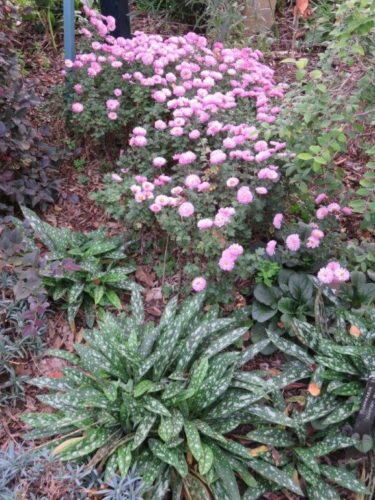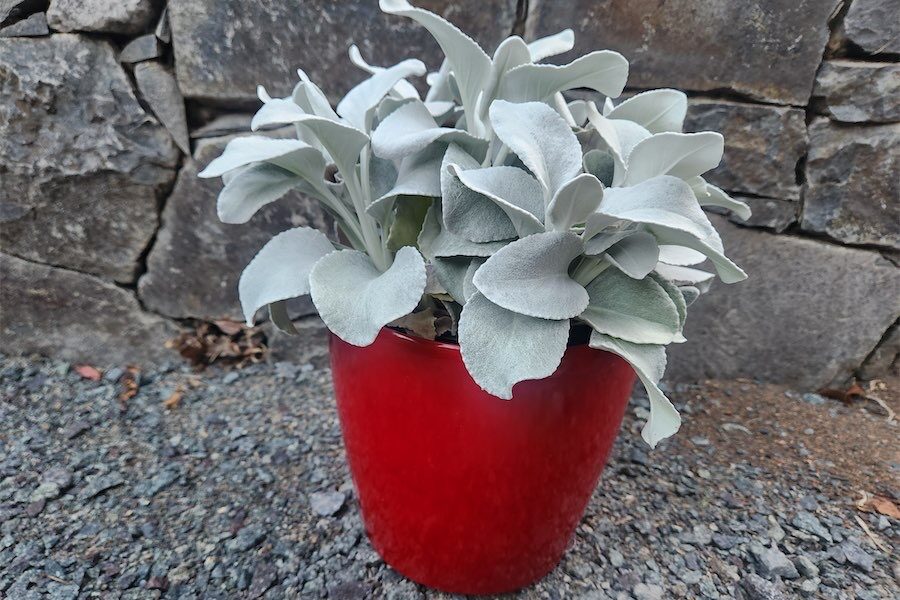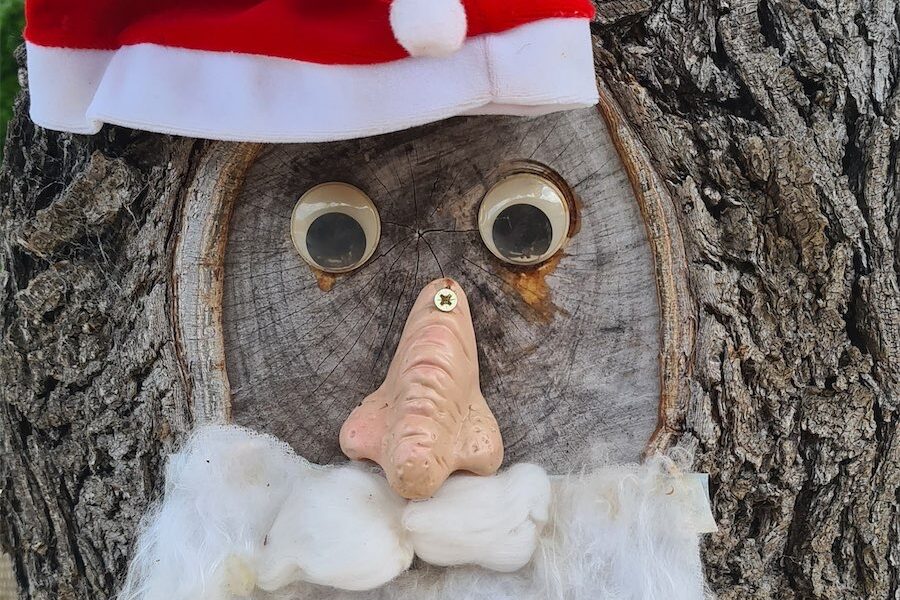
Gardening writer CEDRIC BRYANT isn’t playing favourites but enjoys callistemon, or bottlebrush, for its variety of uses.
I’M often asked which is my favourite flower, and my standard response is “the one I’m looking at”.
So today I’m looking at callistemon, generally referred to as bottlebrush, literally in the shape of a bottle-washing brush.
Botanists Joseph Banks and Daniel Solander, as well as illustrator Sydney Parkinson, were on Captain Cook’s first voyage to the great southern land, arriving at Botany Bay in April 1770. It was here this now world-famous shrub was first seen; the variety being callistemon citrinus. Interestingly, although they carried specimens back to England, it wasn’t until 1789 that the first callistemon was grown from seed at Kew Gardens in London.

Callistemon is still one of my favourites for its variety of uses, from shrubs to hedges. I was involved with its promotion, along with other Australian native plants at a wholesale nursery in the south of England in the late 1980s. At that time, gardeners were seeing the potential of growing Australian natives. Over years of designing gardens, I’ve made frequent use of the “Endeavour” variety, appropriately named after Cook’s ship for its robust growth and taking readily to pruning.
In flower now is the “Captain Cook” variety, with a semi-weeping habit growing from one to two metres high by 1.2 metres wide, with bright red flowers, and “Harkness” with extra-large red flowers, growing to about 3.5 metres high by 2.5 metres wide. Allow sufficient space when planting, although this can be reduced when creating hedges. When pruning, reduce the size by only one-third at a time. This keeps them from getting scraggly and promotes more flowers the following season.
THIS information is from “Australian Plants for Canberra Region Gardens”, published by the Society for Growing Australian Plants (Canberra Region). This book is ideal for those fond of natives, particularly if new to the region, and is available from the Botanic Gardens bookshop or online.

I CAN’T recall where I bought my pot of miniature chrysanthemums, but from that small pot several years ago I’ve produced dozens more, with many bold groups scattered throughout our garden. Each year after flowering, I dig up a few to fill in bare spots. In the photo (left) is just one group of its soft pink flowers. There’s another interesting perennial in the foreground, notable for its variegated leaves, pulmonaria “Electric Blue”. During summer the leaves almost disappeared, then in the last couple of weeks they’ve grown abundantly. Some online information suggests it’s a woodland plant and prefers a shady spot, but I tried it in shade and it failed miserably. So planting another group of five in full sun, even with last summer’s heat, was perfect.
IF SHOPPING online for excellent secateurs, try the 2WP range. I use their ratchet ones, of which with several clicks of the handle can cut thick branches. Unfortunately these aren’t readily available at retail outlets but the full range is available at 2wp.com.au.
I’VE been asked several times recently where I find the photos used in my articles. More than 90 per cent are taken by me, using my Canon SX 710 HS camera.
Who can be trusted?
In a world of spin and confusion, there’s never been a more important time to support independent journalism in Canberra.
If you trust our work online and want to enforce the power of independent voices, I invite you to make a small contribution.
Every dollar of support is invested back into our journalism to help keep citynews.com.au strong and free.
Thank you,
Ian Meikle, editor




Leave a Reply